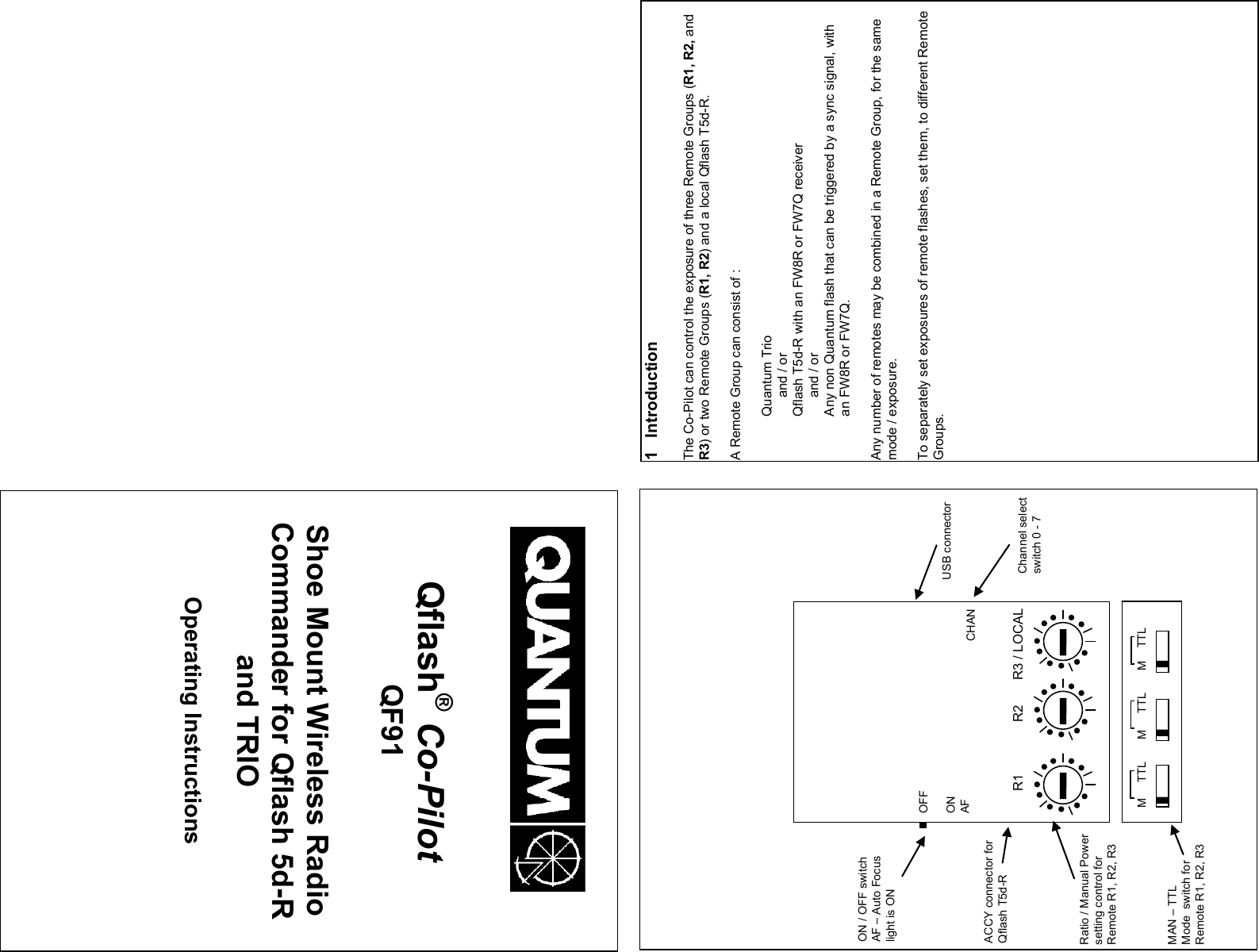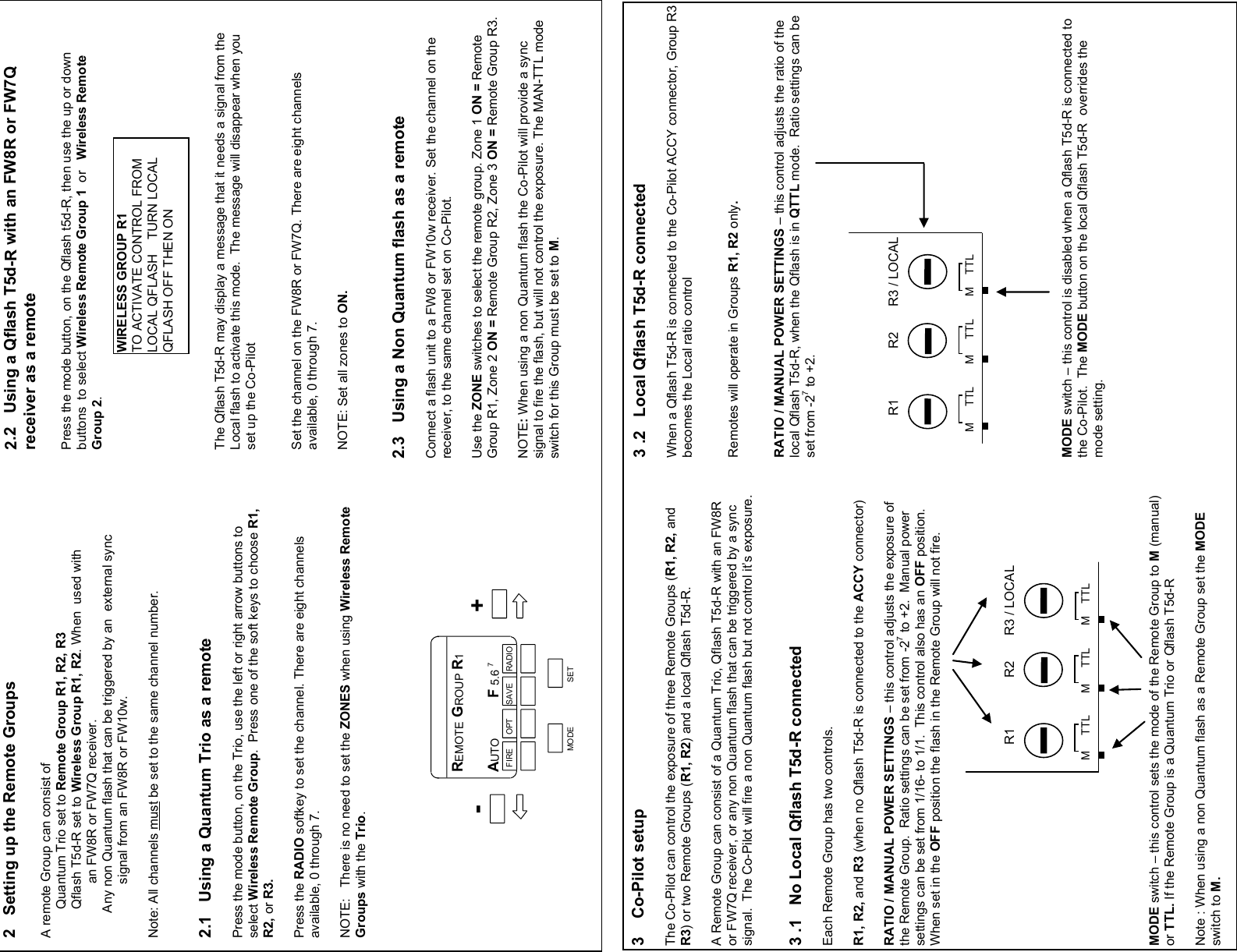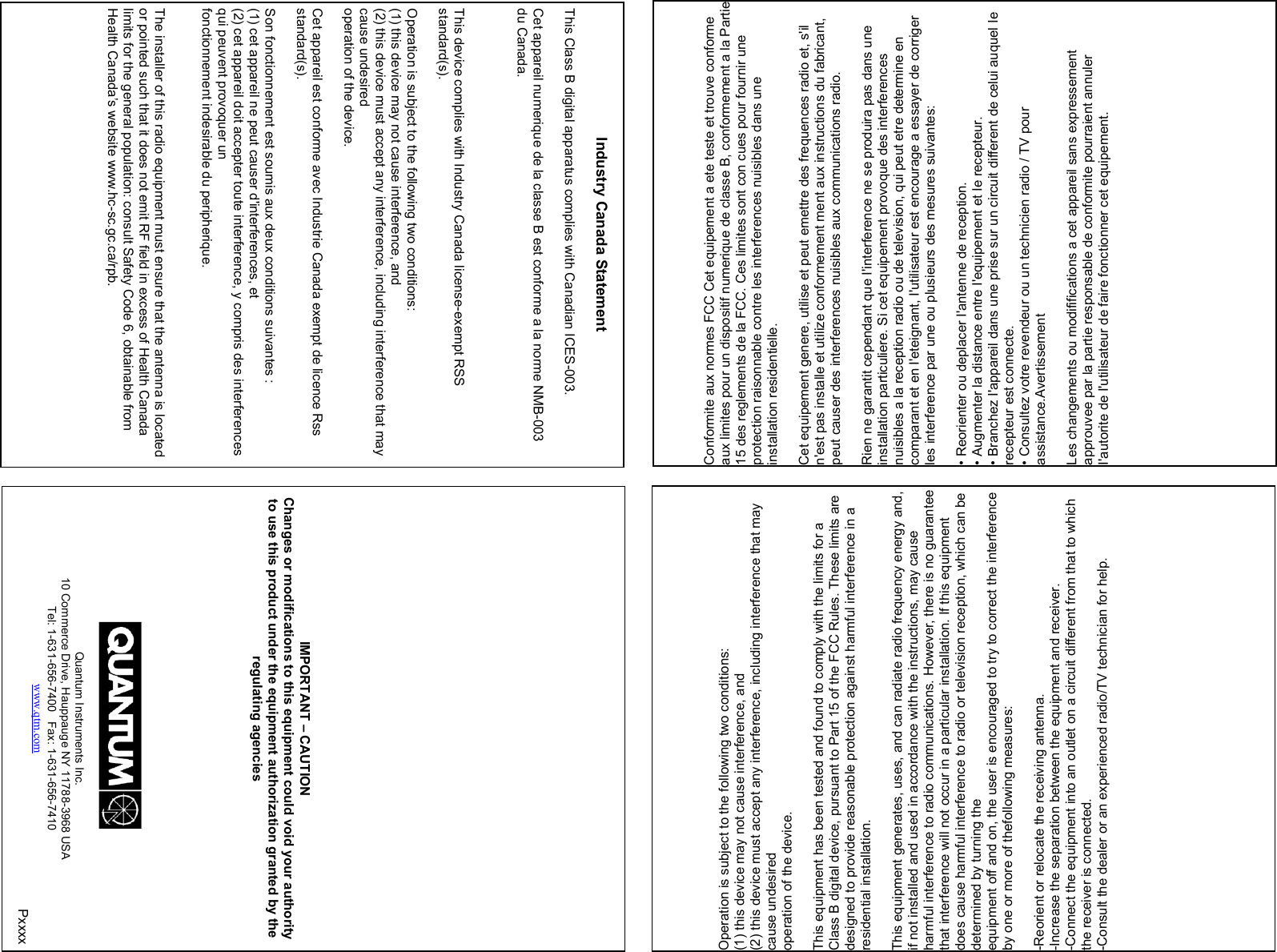Quantum Instruments COP A Wireless Radio Commander Unit for Digital Cameras to Control Remote Flashes User Manual User s Manual
Quantum Instruments Inc A Wireless Radio Commander Unit for Digital Cameras to Control Remote Flashes User s Manual
User's Manual


